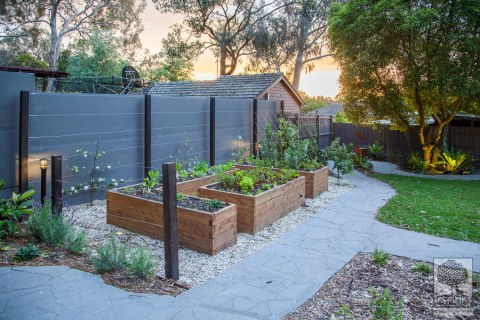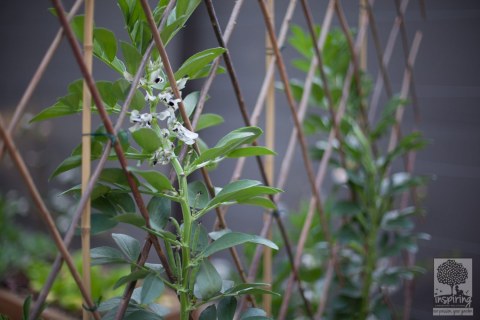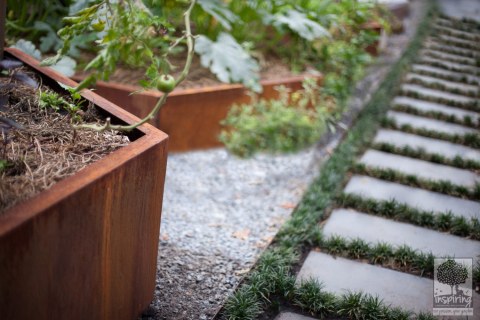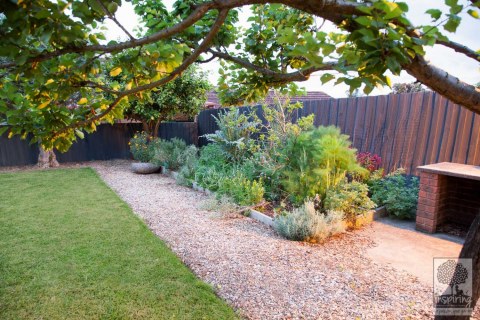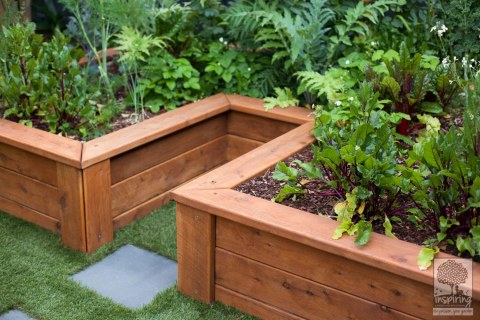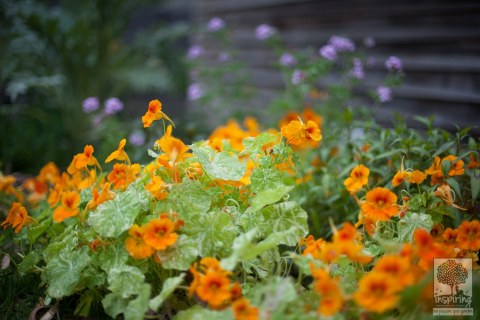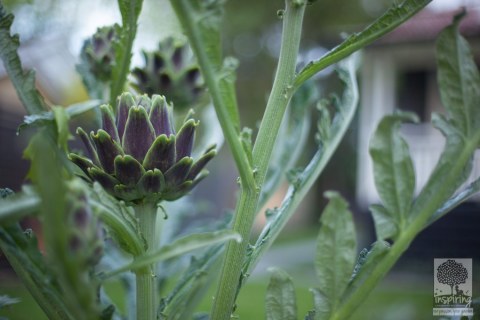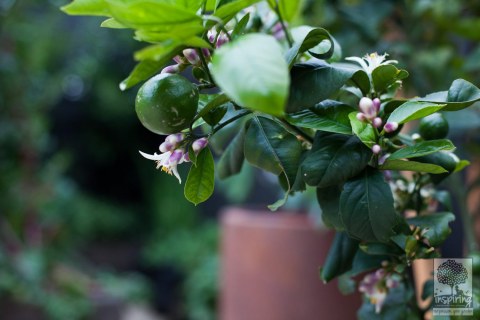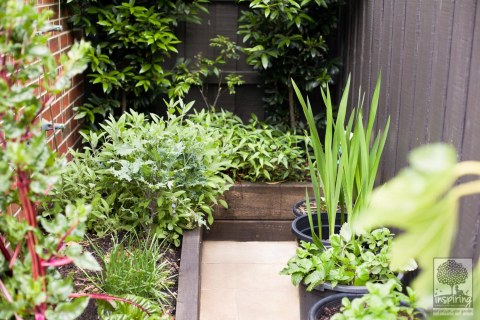Most of the gardens we have done are for families who appreciate the importance and value of growing your own food.
Case studies on point are Bundoora and Blackburn projects where two difference options were applied, also considering the aesthetic impact to the overall garden!
We have established good working relationships with reputable suppliers who are able to offer a chemical free solution to your patch’s needs!
